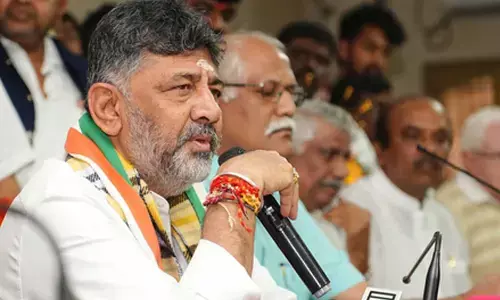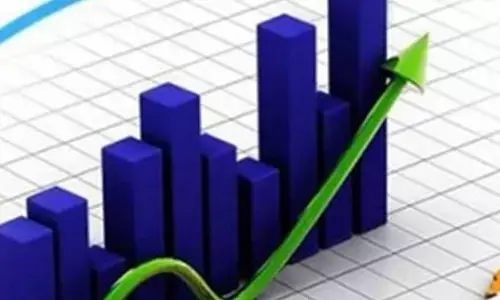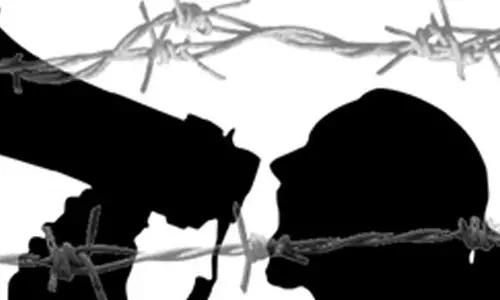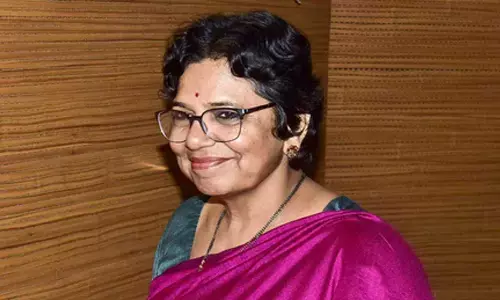Paris Finance Summit fails to push revolutionary solutions
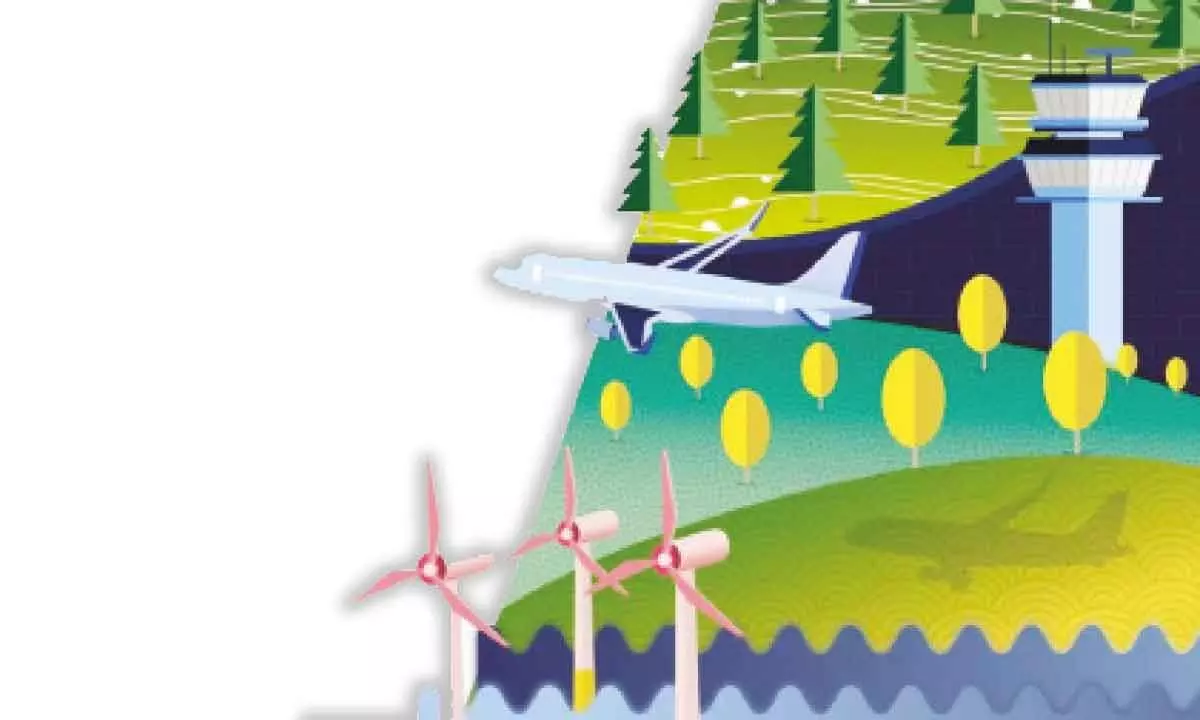
Countries of the Global South are in a debt crisis and are facing pressure to decarbonise their economies -- without adequate climate finance flowing in. The Summit was never expected to solve these problems in a day and a half, but it has started a crucial conversation. It shone a spotlight on the scale of these crises, the clear demands from countries of the Global South, and the pathways of action that the Global North is choosing to advocate for
“Today, the most vulnerable countries, which also need funding for climate mitigation, have a crushingly high debt burden. We can no longer talk about small changes, or about short-changing the poor. We need answers and we need them fast,” says Sunita Narain, director general, Centre for Science and Environment (CSE), commenting on the recently concluded Summit for a New Global Financing Pact, held in Paris. “The summit did not precipitate any transformational solutions, but it started a conversation on the climate and development financing crisis, and this momentum cannot be lost,” Narain added.
The first of its kind Paris Summit was spearheaded by President Emmanuel Macron of France, and was attended by many leaders from the developing world and Europe. It aimed at addressing the lack of money flowing to poor and vulnerable countries as they battle “a cocktail of interconnected crises” -- as Prime Minister Abiy Ahmed of Ethiopia put it: poverty, debt and inflation triggered due to the Russia-Ukraine conflict, and increasing climate impacts.
Says Avantika Goswami, programme manager, climate change, CSE, who also attended the Summit proceedings in person: “Countries of the Global South are in a debt crisis and are facing pressure to decarbonise their economies -- without adequate climate finance flowing in. The Summit was never expected to solve these problems in a day and a half, but it has started a crucial conversation. It shone a spotlight on the scale of these crises, the clear demands from countries of the Global South, and the pathways of action that the Global North is choosing to advocate for.”
Avantika underlines the scale of the problem by quoting world leaders who attended the Summit. Abiy Ahmed of Ethiopia said: “African countries are facing an unprecedented funding squeeze. Public and private debt has reached new heights. Inflation in almost all commodities has risen sharply, and today daily meals are the biggest issue for many Africans.” Prime Minister Mia Mottley of Barbadosgave a rallying call: “The developing world is sinking from debt. The UK took a hundred years to repay its debt for World War I; Germany had all the benefits of being able to have its debt service capped at 3 to 5 percent of its GDP in order to rebuild after World War II. We are people too, we are countries too, and we deserve a similar treatment.”
What is Global South seeking?
Multilateral Development Banks (MDBs) have been at the center of the discussion on financial systems reform. According to Indian finance minister Nirmala Sitharaman, MDBs are “being asked by non-borrowing shareholders to also address transboundary challenges, along with their core development mandate”. Says Goswami: “This will increase the pressure on MDBs’ resources. Developed countries want to squeeze more out of existing MDB resources, whilst simultaneously adding on climate as a part of the Banks’ mandate. Developed countries are resistant to paying more money from their budgets and also risking more influence from large economies such as India and China if their paid-in share rises.”
Countries of Global Southare asking for more concessional and grant financingand a reduction in debt levels in developing countries, including debt cancellations for least developed countries.
Deals such as Just Energy Transition Partnerships (JETP) must consider each country’s circumstances, the needs of workers and communities, and development goals to address poverty and unemployment, as pointed out by South African President Cyril Ramaphosa. They must be flexible to accept that some fossil fuel generation might need to remain in existence to serve the country’s basic energy needs. And they must offer adequate financing. In the case of South Africa, for instance, the financing of US $8.5 billion that has been offered is far below the country’s estimated need of US $98 billion.
Kenya has called for aglobal financing mechanism that is not hostage to national or shareholder interests, while Brazil has asked why it must trade in dollars and not in its own currency.
What the Summit announced
MDBs: A contentious MDB Vision Statement document did not get full consensus at the Summit. Separately, it was announced that an additional lending capacity of US $200 billion would be unlocked for emerging economies. The World Bank announced disaster clauses for debt deals that would suspend debt payment in the case of extreme weather events. The Bank also unveiled a Private Sector Investment Lab to “develop and rapidly scale solutions that address the barriers that are preventing the private sector from investing – at scale – in emerging markets and developing countries, with a specific focus on renewable energy and energy infrastructure”.
Special Drawing Rights (SDRs): IMF announced that US $100 billion in SDRs for vulnerable nations has been met. The ‘recycling’ of SDRs from rich countries whose central banks do not need the cushioning, to poor countries who need them or MDBs who can channel them, has been proposed as a means to expand the amount of concessional finance available for developing countries.
A new JETP: A new Euro 2.5 billion Just Energy Transition Partnership deal was announced for Senegal with a consortium of developed countries -- the goal is to increase the share of renewable energy in installed capacity to 40 per cent of Senegal’s electricity mix by 2030.
Polluter taxes: Many groups called for a tax on shipping emissions. More traction is expected on this issue at the International Maritime Organisation meeting in July. Support is also growing for a financial transactions tax.
Debt: Colombia and Kenya have proposed a Global Expert Review on Debt, Nature and Climate to “assess the impact of debt on low- and medium-income countries capacity to preserve nature, adapt to climate change and decarbonise their economies”.
Carbon markets: The EU unveiled a call to action on ‘Paris Aligned Carbon Markets’ with the goal of covering at least 60 per cent of global emissions with carbon pricing mechanisms (compared to 4 per cent today) and allocating a proportion of the revenues to climate finance.
Climate finance goal: It was suggested that the long overdue US $100 billion climate finance goal will be delivered this year.
Says Narain: “Every climate change disaster takes the Global South countries to greater indebtedness as they borrow to survive and rebuild. This year, we need to discuss structural issues that underpin the vast inequities in the world, which make it certain that countries in the Global South cannot afford the price of adaptation or mitigation. And we need to find the money and we need to do this fast.” Goswami sums it up: “What was evident from the Paris Summit is that the demands from the developing world seem to be falling on deaf ears. Peddling false solutions, offering piecemeal and inadequate debt relief efforts, and shifting the onus to the private sectorwas the plan that developed countries offered in Paris.”
(Centre for Science and Environment)












